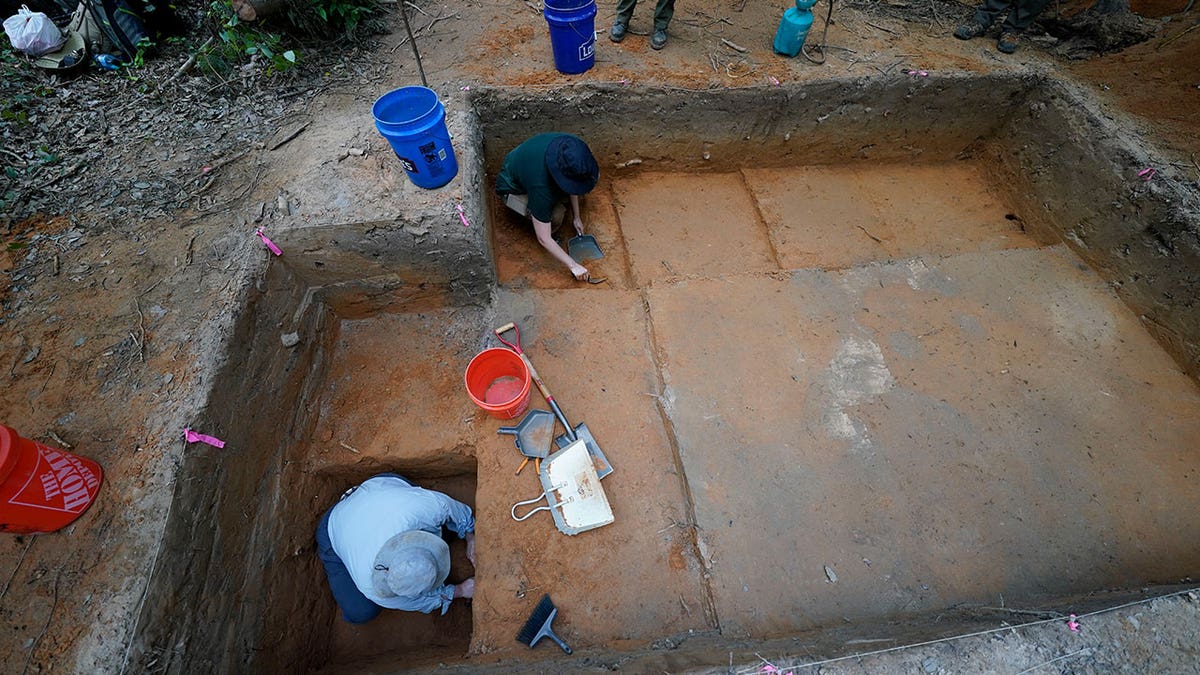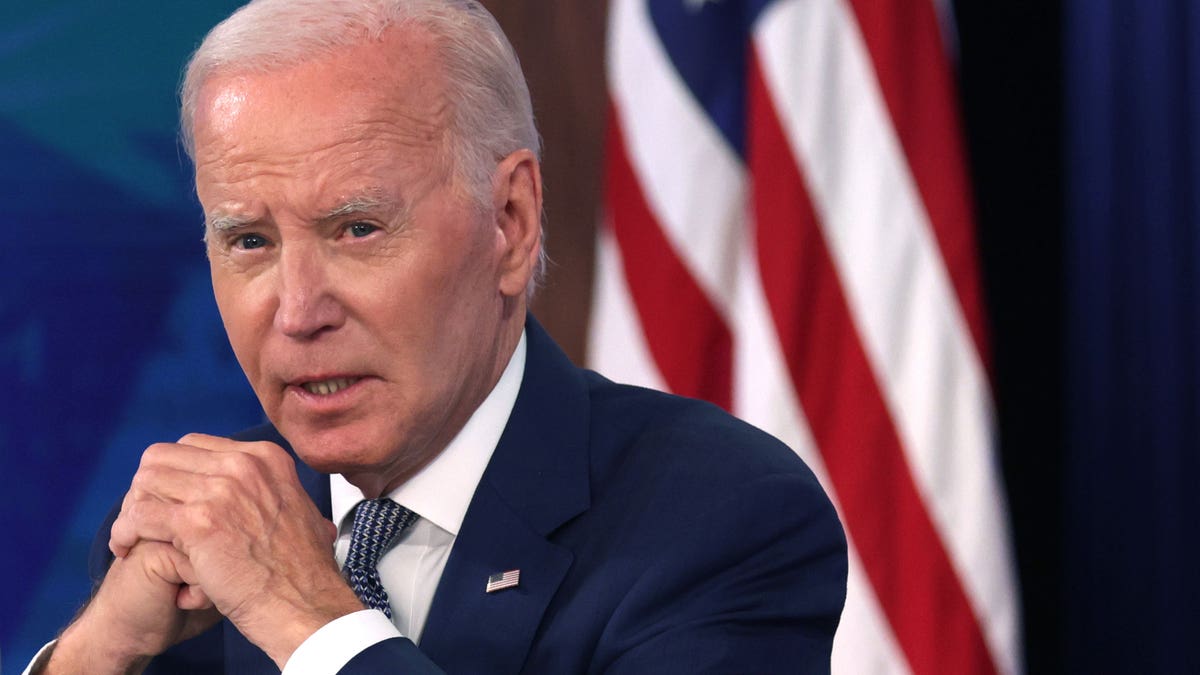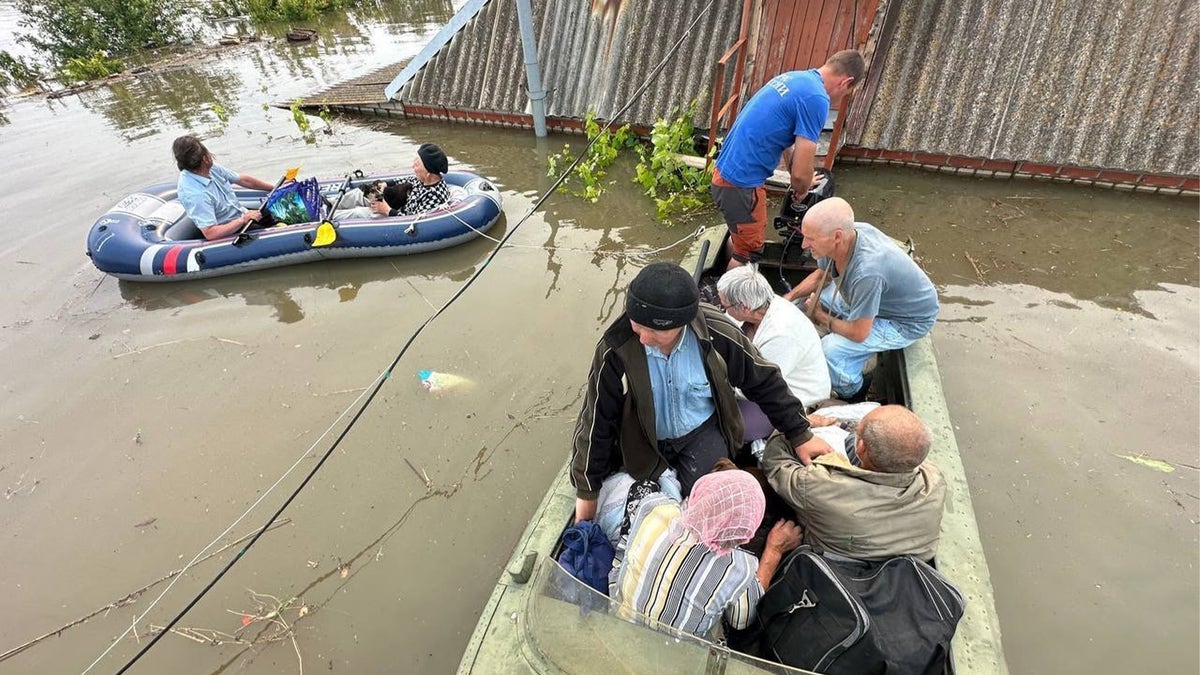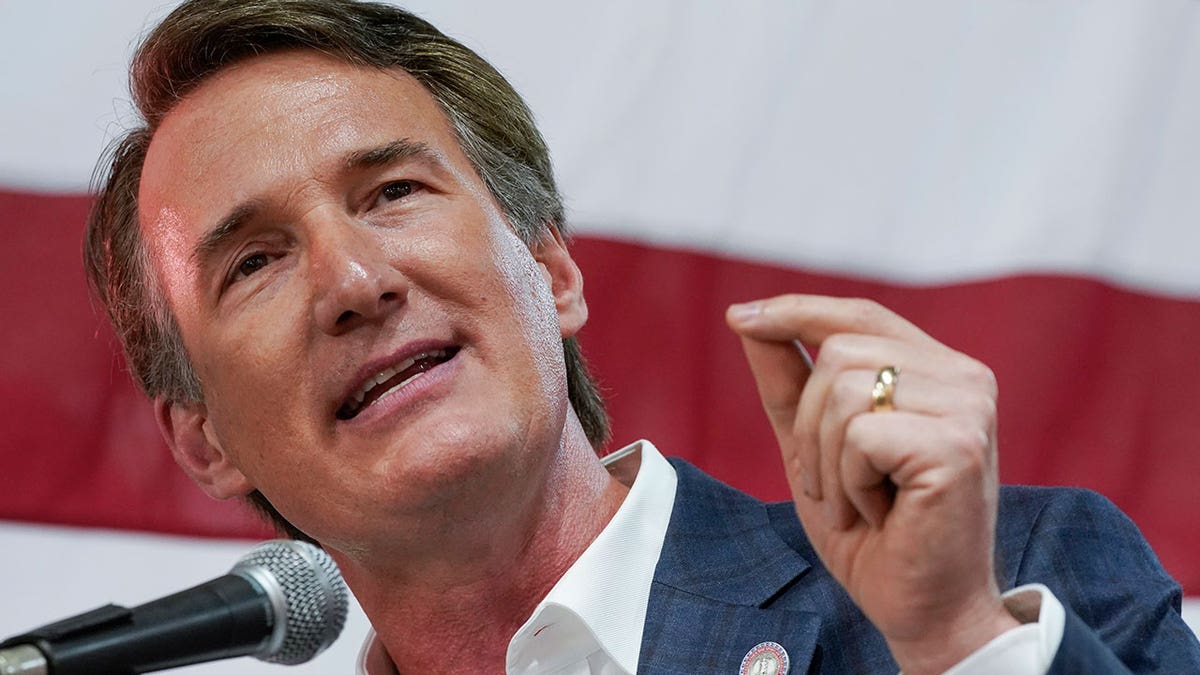Recent headlines screamed about a "Trump assassination attempt hearing devolving into a shouting match." But the heated exchange between myself, Representative Pat Fallon, and Acting Secret Service Director Rowe wasn't about partisan politics. It was about the agency's competence, or lack thereof, following the tragic events in Butler, Pennsylvania, just five months ago.
On July 13, 2024, a volunteer firefighter and father of two lost his life, a leading presidential candidate was wounded, and the nation was left reeling. These shots should never have been fired. The Secret Service’s zero-fail mission… failed. The bipartisan House Task Force on the Attempted Assassination of Donald J. Trump recently released its final report, detailing the USSS failures and recommending crucial changes. This report underscores why my exchange with Director Rowe was so intense. He deflected and refused to answer direct questions about his leadership of what should be the world’s premier protection agency.
If the Secret Service can't be transparent months after this incident, can we trust that high-profile individuals, regardless of political affiliation, are truly safe? Former agents and whistleblowers have confirmed the need for systemic cultural change within the agency. The USSS’s failure to secure the perimeter and high ground in Butler exemplifies this need. Our report identifies three critical areas of failure:
Planning Failures
The AGR complex, the shooter's vantage point, was left unsecured despite concerns from local law enforcement. While local law enforcement showed immense courage, the ultimate responsibility for protectee safety lies with the USSS. A consistent process for securing additional resources is needed, not the ad hoc approach used in Butler. The USSS must ensure open communication with all partner agencies in advance, clearly defining roles and responsibilities.
The USSS also failed to plan for coverage outside the perimeter, leaving the would-be assassin with a clear line of sight to the stage. These vulnerabilities must be identified and addressed proactively.
Execution Failures
Communication breakdowns hampered the response. Radio issues forced some countersniper teams to resort to text messages. Critical information wasn’t disseminated widely, leaving agents near President Trump unaware of the threat until shots were fired. Multiple command posts further hindered a swift response. A clear communication hierarchy, including local law enforcement, is essential. A documented plan of action is crucial for post-incident review and investigation.
Leadership Failures
Inconsistent training standards left agents unprepared for the task. Personnel is policy, and the lack of consistent training falls on leadership. The USSS experienced technical issues with its counter-drone system and lacked a backup, despite the would-be assassin using a drone for reconnaissance. Proper training and redundancy are paramount with such technology. It's shocking that the USSS still can’t identify who was in charge in Butler. Countersniper roles were unclear, and the reliance on minimally trained Homeland Security Investigation (HSI) agents is concerning. The public deserves assurance that agents are properly trained, regardless of workload. The USSS must integrate HSI personnel into its training programs.
A significant cultural problem plagues the USSS. An untrained 20-year-old outsmarted the agency tasked with protecting our highest officials. While the former USSS Director resigned, Acting Director Rowe's combative testimony is alarming. Combined with our Task Force's findings, it’s clear: the Secret Service needs top-down reform.








